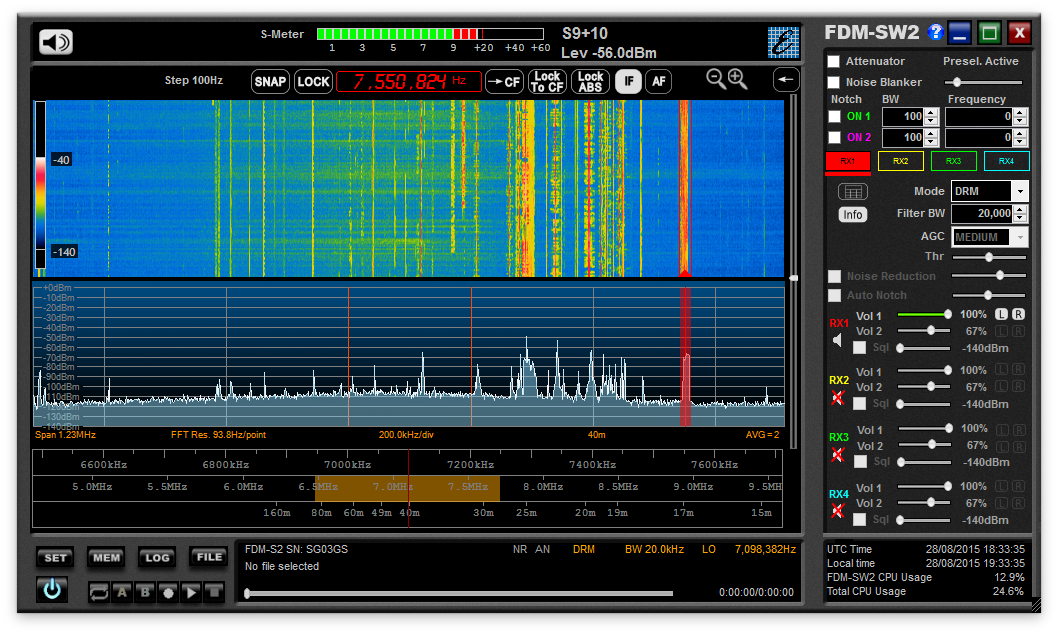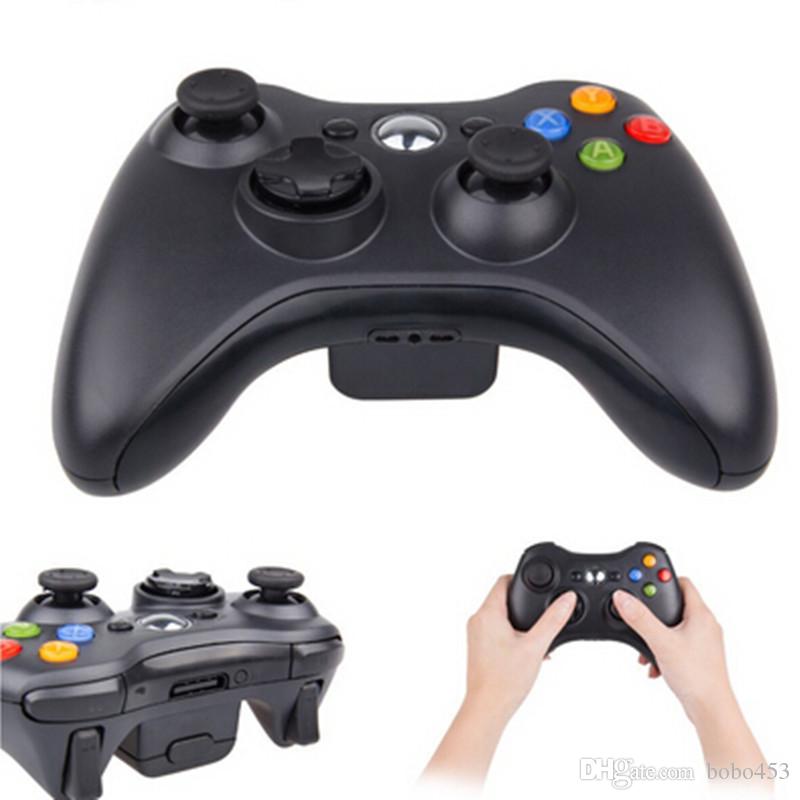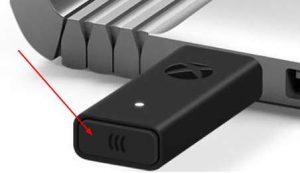


Modems īecause there was no technology to allow different carrier signals on a telephone line at the time, dial-up internet access relied on using audio communication. It is still used where other forms are not available or where the cost is too high, as in some rural or remote areas. After the introduction of commercial broadband in the late 1990s, dial-up Internet access became less popular in the mid-2000s.

Dial-up was first offered commercially in 1992 by Pipex in the United Kingdom and Sprint in the United States. The BBC established Internet access via Brunel University in the United Kingdom in 1989. Dial-up Internet has been around since the 1980s via public providers such as NSFNET-linked universities. The Usenet was a UNIX based system that used a dial-up connection to transfer data through telephone modems. In 1979, Tom Truscott and Jim Ellis, graduates of Duke University, created an early predecessor to dial-up Internet access called the Usenet. Dial-up connections use modems to decode audio signals into data to send to a router or computer, and to encode signals from the latter two devices to send to another modem at the ISP. Dial-up Internet access is a form of Internet access that uses the facilities of the public switched telephone network (PSTN) to establish a connection to an Internet service provider (ISP) by dialing a telephone number on a conventional telephone line.


 0 kommentar(er)
0 kommentar(er)
